The Pumamarca ruins lie about four miles up the Patacancha Valley northeast of Ollantaytambo. You go here for two reasons: to see the ruins and to hike back to Ollanta. And the hike back from Pumamarca might be the better reason.
Pumamarca Ruins
We got a taxi in Ollanta. After a twenty minute ride up the valley it dropped us near the foot of the ruins. Accounts that I had read mentioned the path up starting all the way from the bottom of the valley floor, so I was happy to have the extra elevation. We did not use a guide and didn’t regret not having one. The first thing we did was to walk up through the ruins to the highest point within the walls. This way we could best see the entire site.

The ruins themselves are fairly extensive and in good condition. Pumamarca was a hill fort — there’s a wall that surrounds it and it sits on top of a ridge that gives it commanding views if two valleys. In location and construction it reminded me of the Warq’ana site near Huchuy Qosqo, and for good reason.

Who built Pumamarca? It’s a short walk from Ollantaytambo, so the Inca come to mind first. But Pumamarca doesn’t line up with traditional Inca architecture
- it has a non-standard Inca overall site design (proportions are off, orientation unusual, lack of terracing)
- nearby sites ARE standard Inca site design
- the Inca details it does have are strangely rendered
- it has non-standard Inca details (2 stories, asymmetrical interior niches, lack of fancy water features)
Additionally, the carbon-dating of the wood gives dates of 1261 & 1390 CE, close to but before the Inca period. So if they are not Inca, who built Pumamarca? The Killke inhabited the Sacred Valley before the Inca took over, so the theory is that the Killke built Pumamarca and the Inca took it over with little new construction. The Killke also built the Warq’ana site near Huchuy Qosqo — but Pumamarca is in MUCH better condition.
There’s a variety of buildings and a large plaza. Although a hill fort, it wasn’t military only. Some of the buildings have small rooms with double jamb niches & windows, a sign of high status for Andean cultures. And as you can see, the views were spectacular.
We saw maybe six people at the ruins, so if you’d like a break from the popular ruins in Ollantaytambo you should check out Pumamarca.
Hiking in the Patacancha Valley
The next part of the outing took us on a hike from Pumamarca to Ollanta. It took a couple of minutes for us to find the trail head, but it was obvious for the rest of the way.
It really is a beautiful trail. Easy, too, with a mostly gentle 1,500 ft / 457 m decline into Ollanta. There are three elements that interplay throughout the trail that make this hike really special: the Patacancha Valley, the Inca terraces, the Inca irrigation.
- The Patacancha Valley
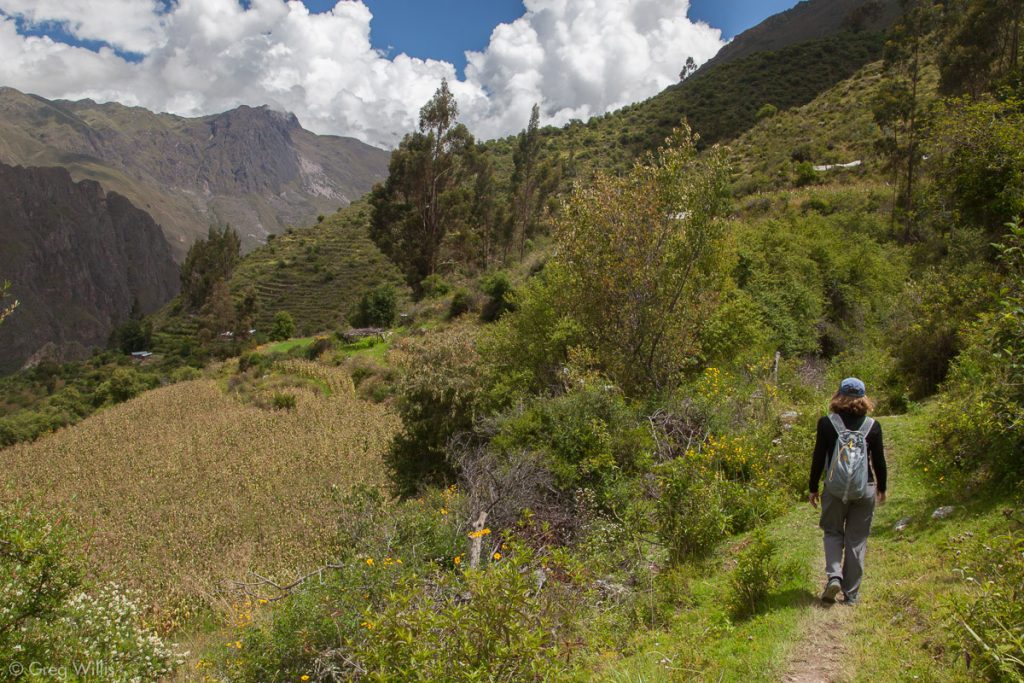
2. The Inca terraces
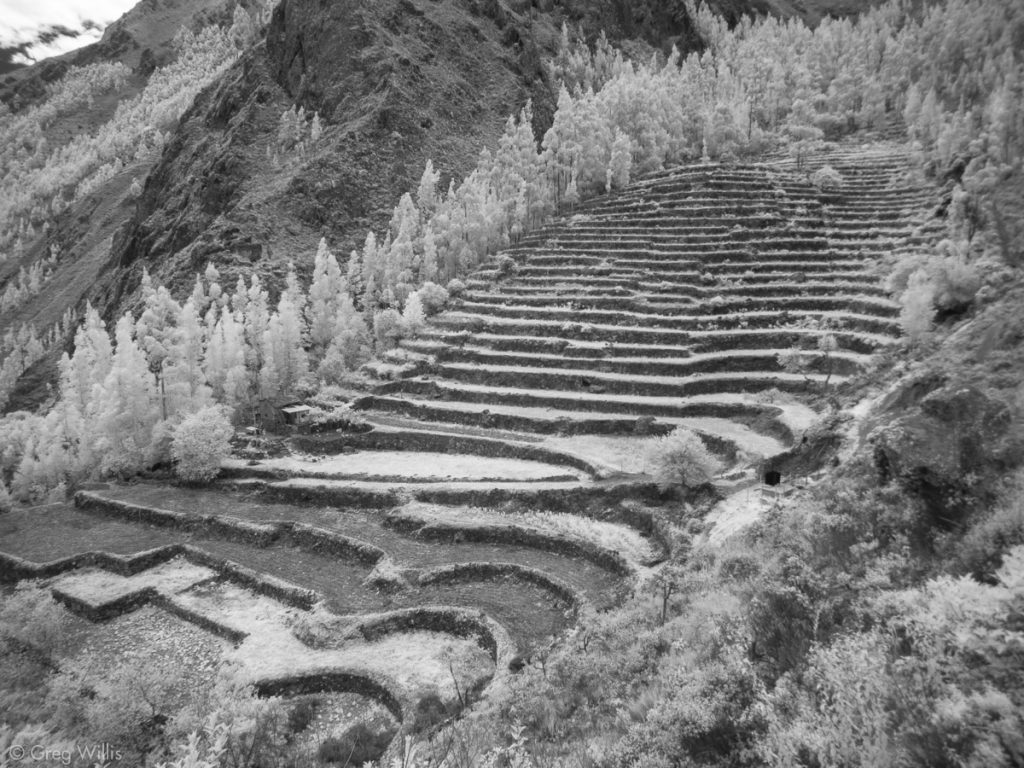
3. The Inca irrigation
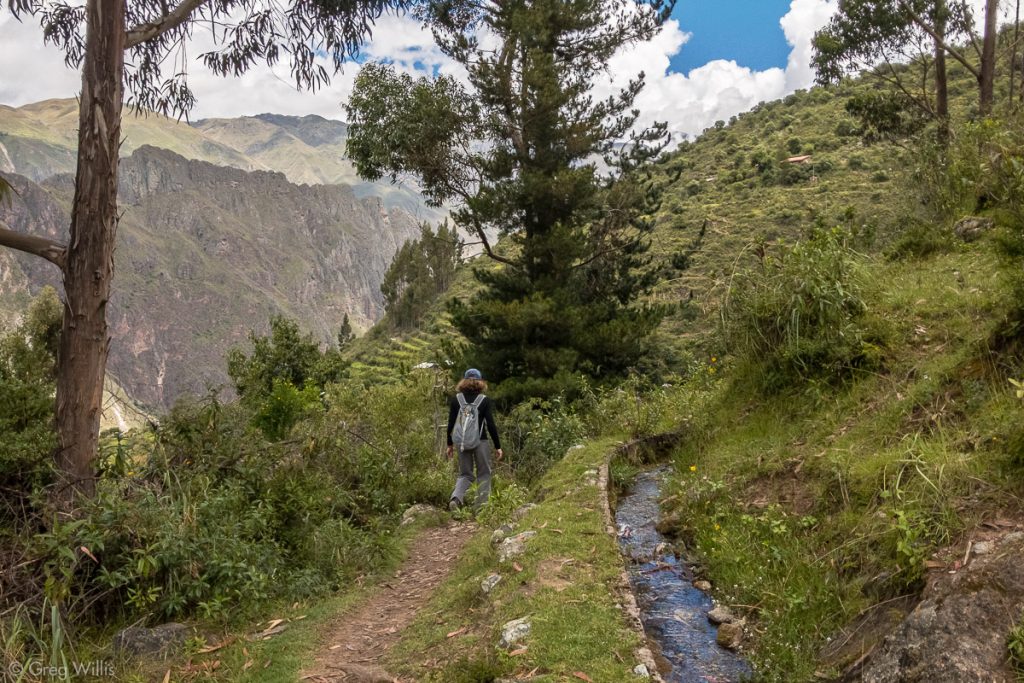
The local farmers still use the Inca terraces and irrigation. And as you pass through terraced fields and by houses that are thoroughly off of the tourist track, you can feel a connection with the past. This same place before the Conquest could not have been much different than it is today: water flowing, crops growing, all within the dramatic mountain landscape.
Eventually the trail turns to road and you arrive back at the Inca town of Ollantaytambo, which — in some quarters — continues the feeling strolling through history.
If you have some time in Ollantaytambo, a hike from Pumamarca is a great way of exploring some seldom-visited ruins and it also makes for an easy and scenic hike through a beautiful valley.
- Distance: 4.0 mi / 6.4 km
- Time walking: 2:00
- Elevation: –1,500 ft / 457 m
- Date: 14 Apr 2017
All the archaeological details I could find came from Pumamarca; A Late Intermediate Period Site Near Ollantaytambo by Susan Allee Niles from 1980.

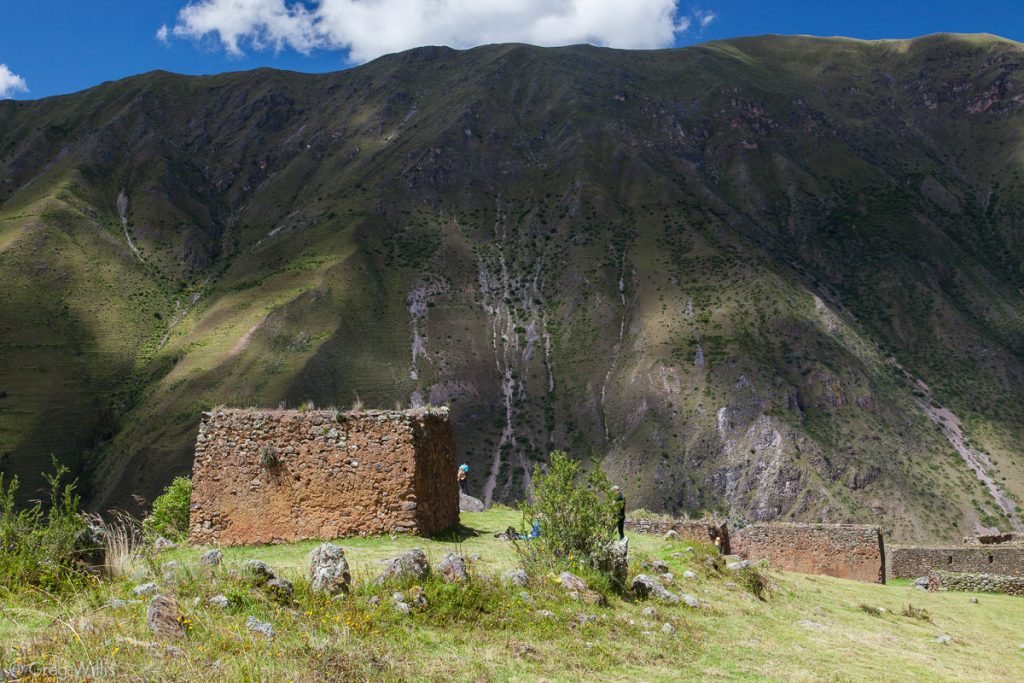
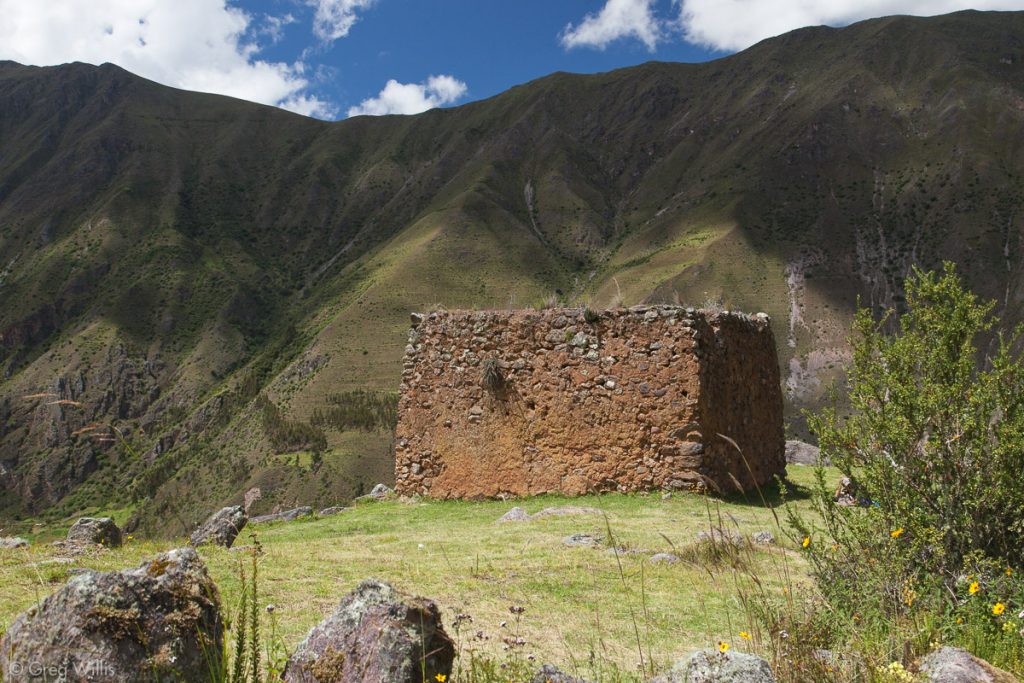
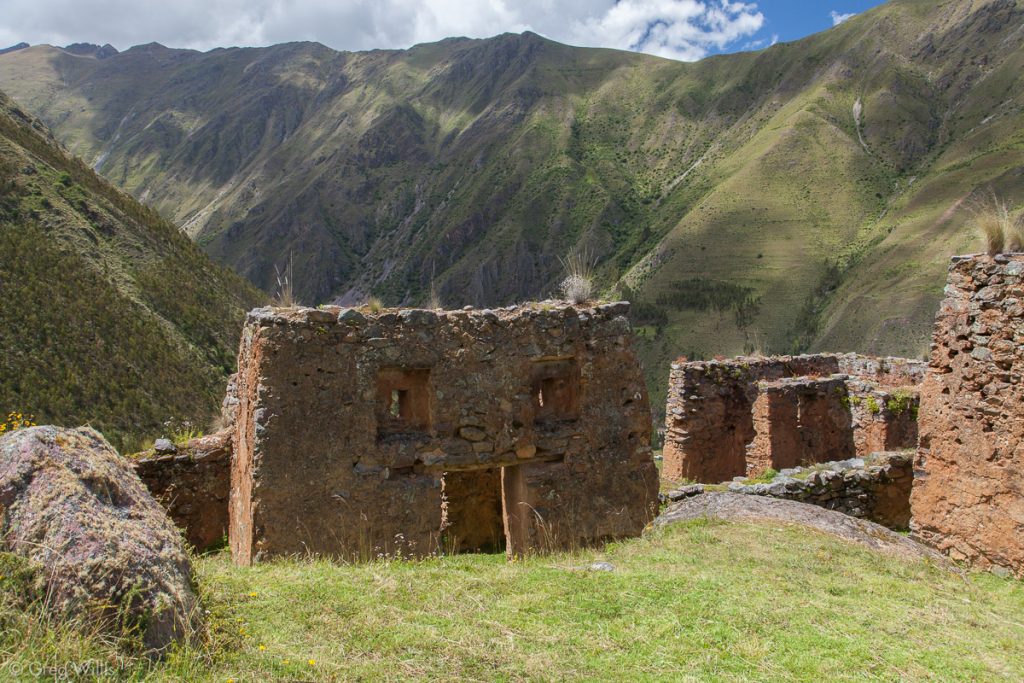
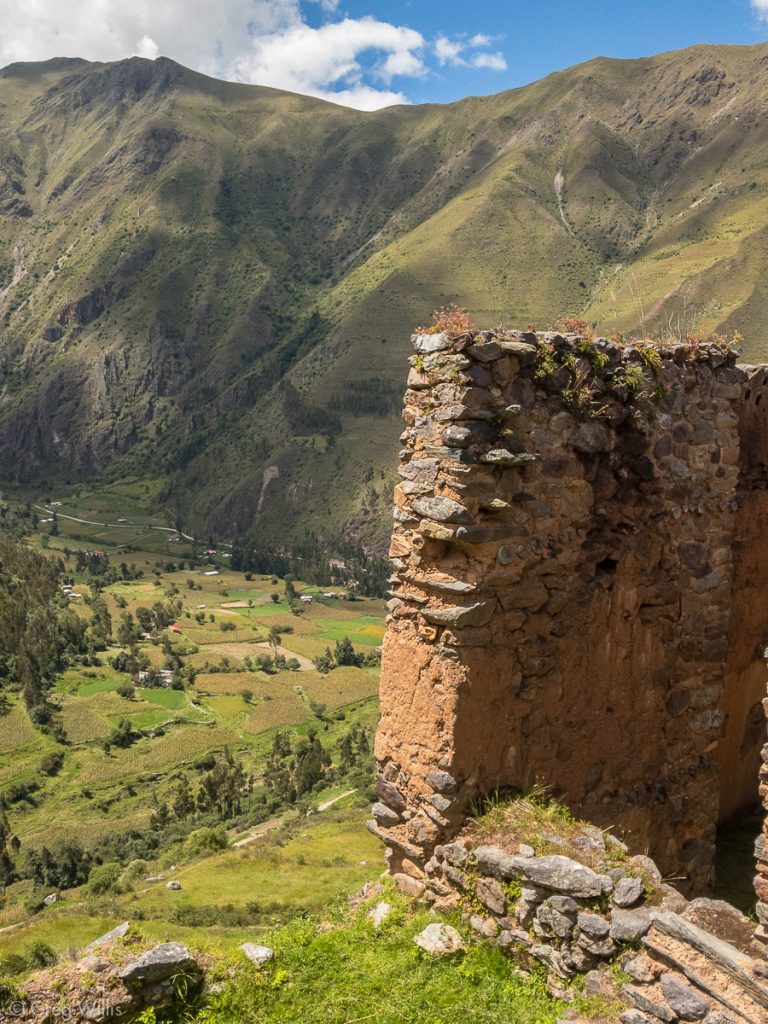

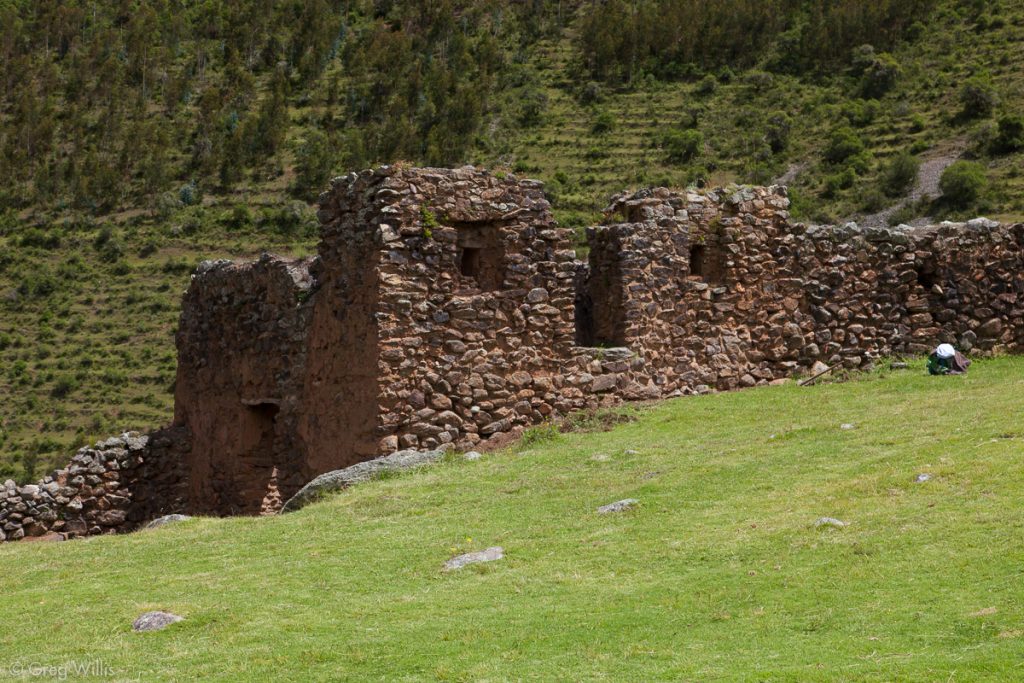
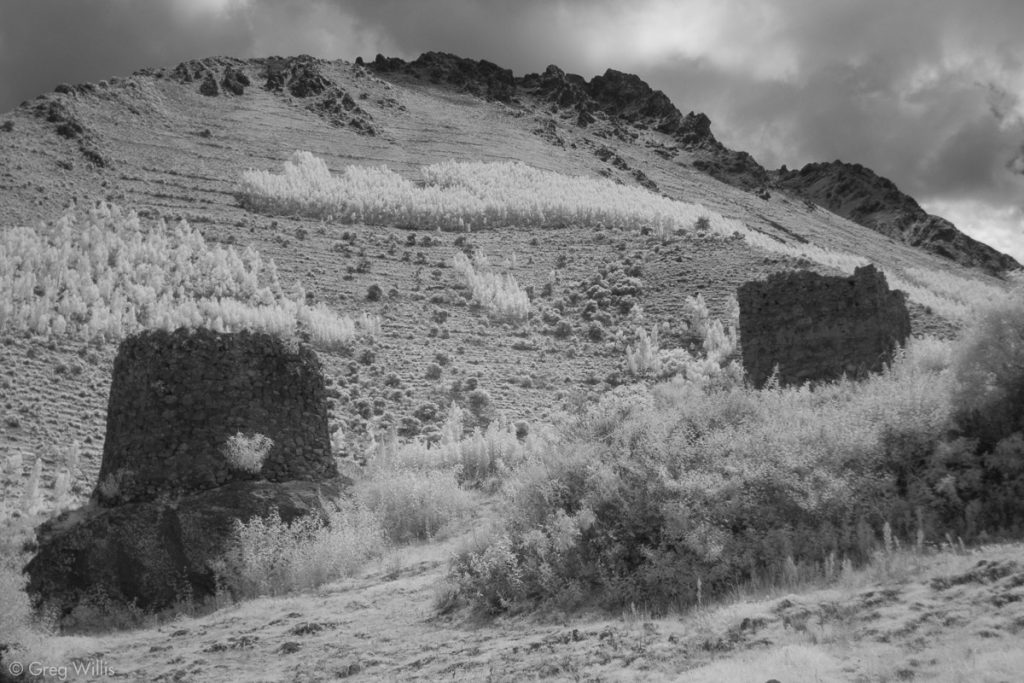
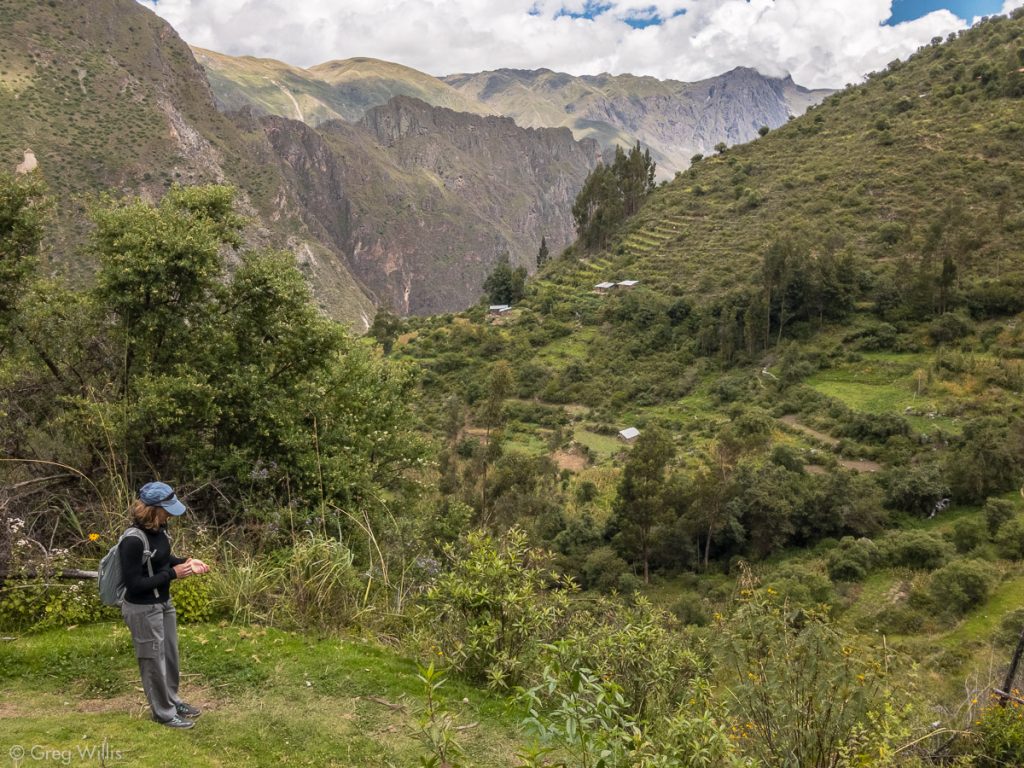
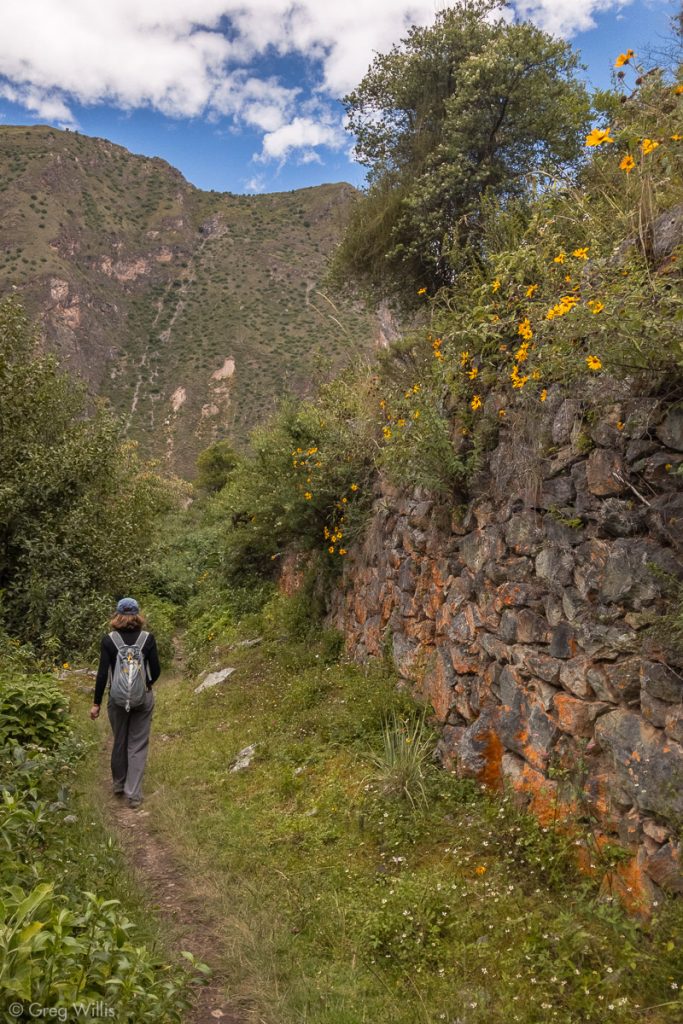
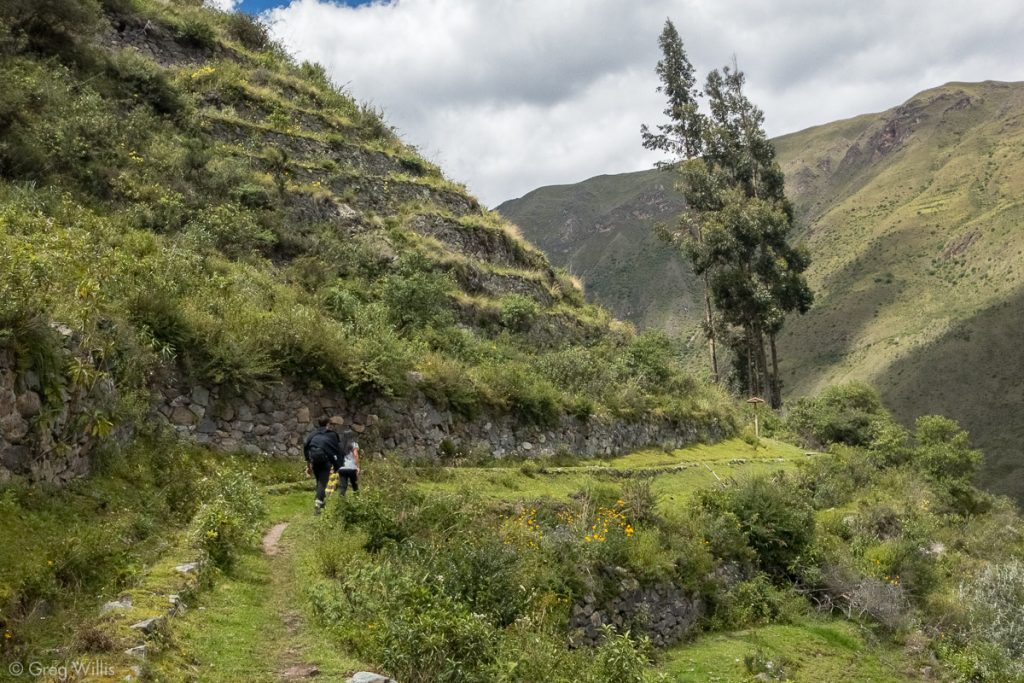

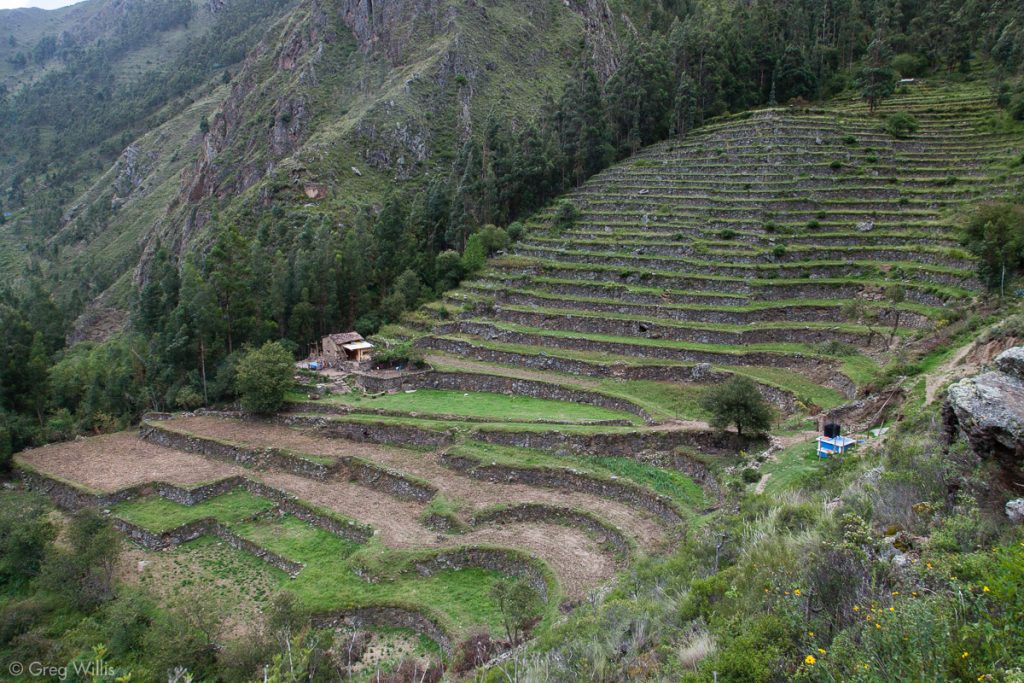

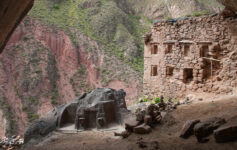
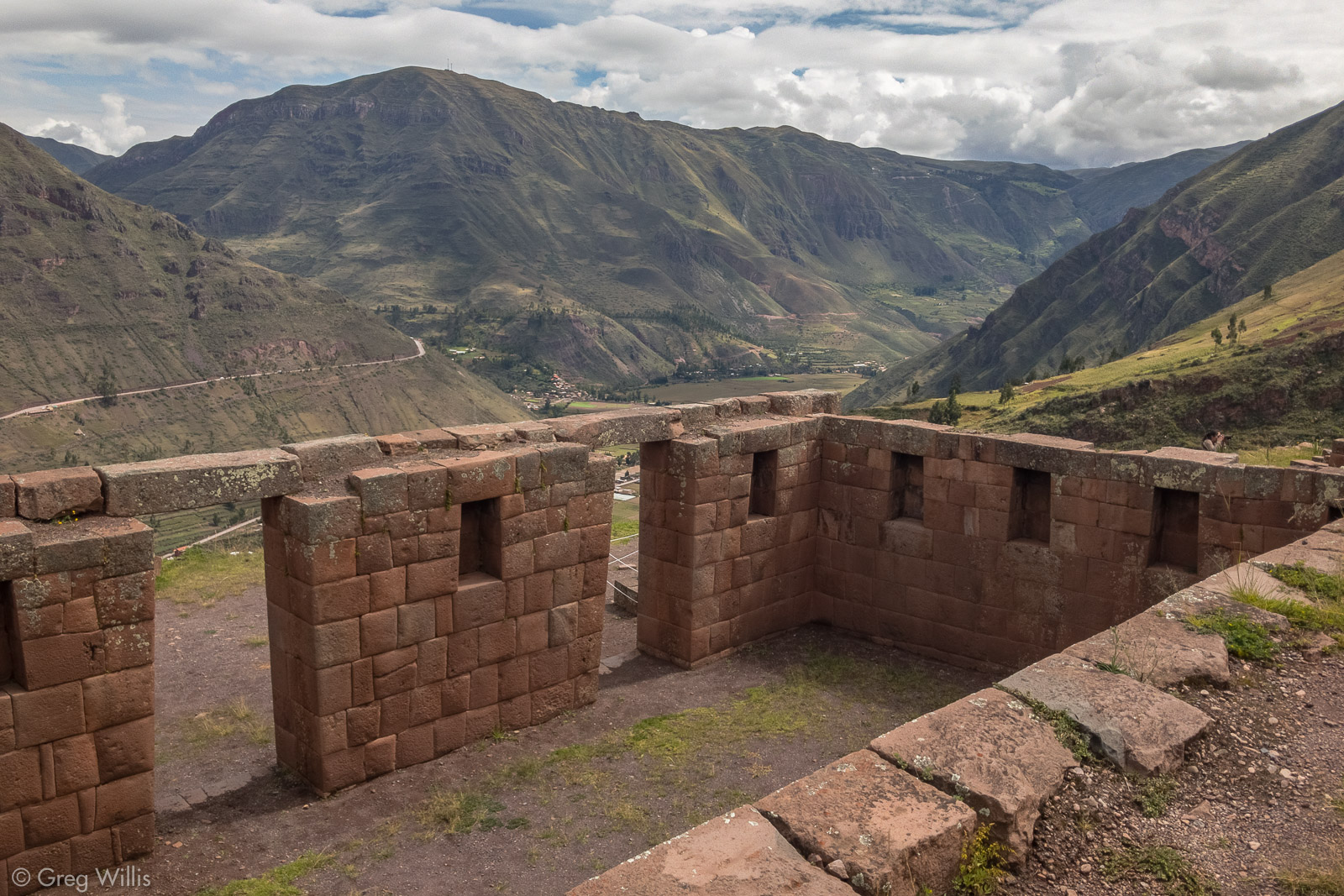
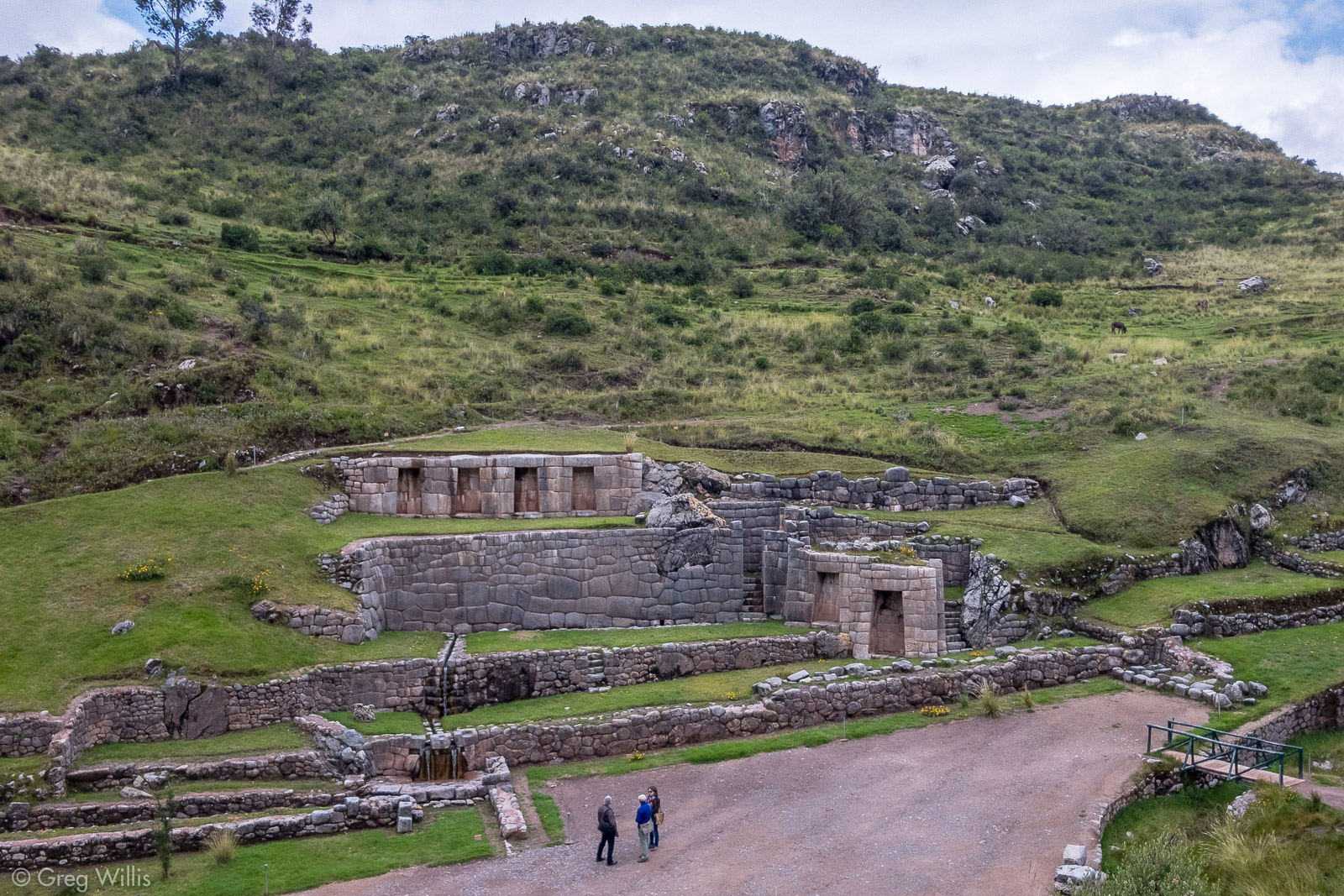

Just saw the ruins that you wrote about it was really cool. Thanks for the write up.